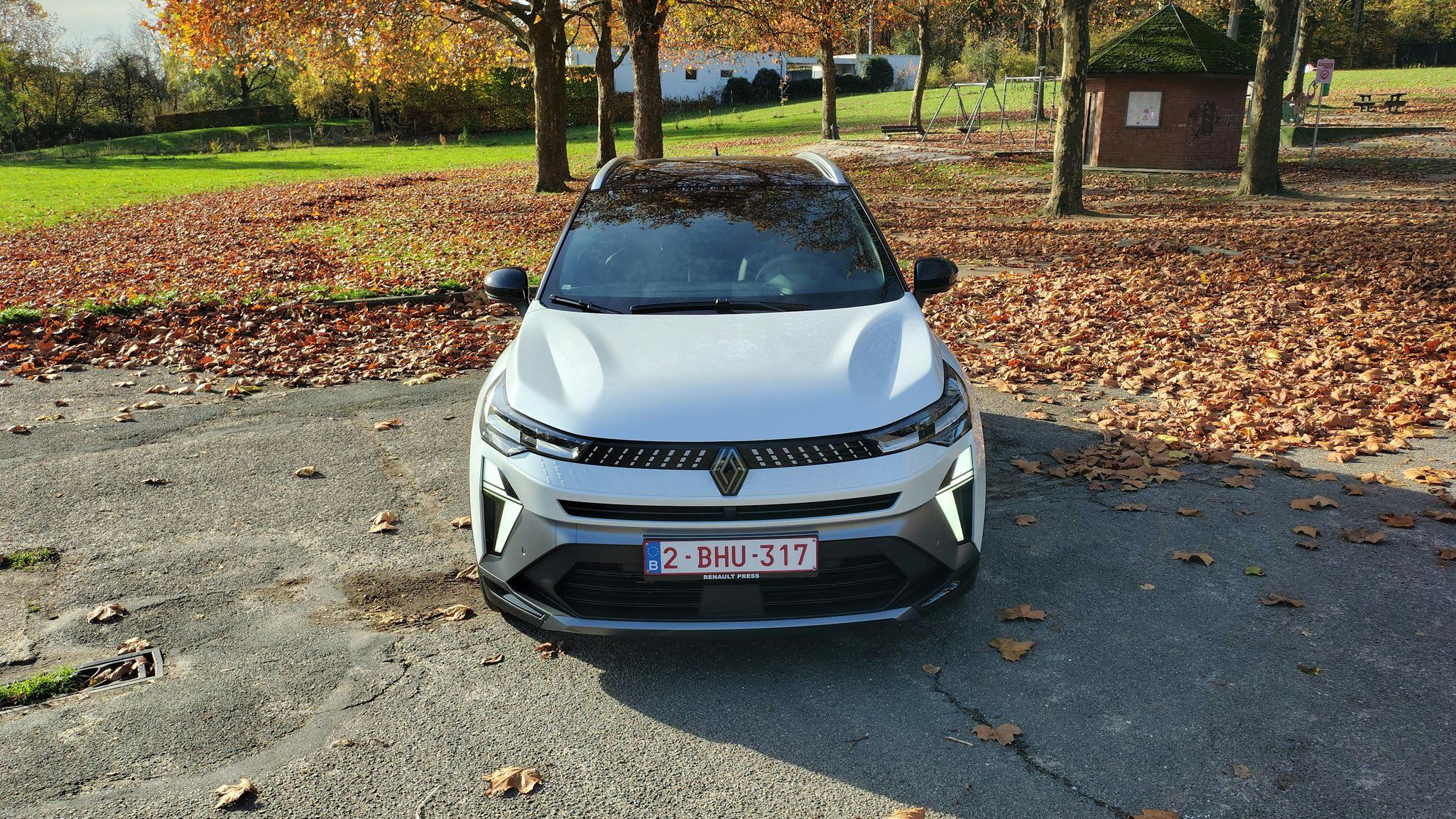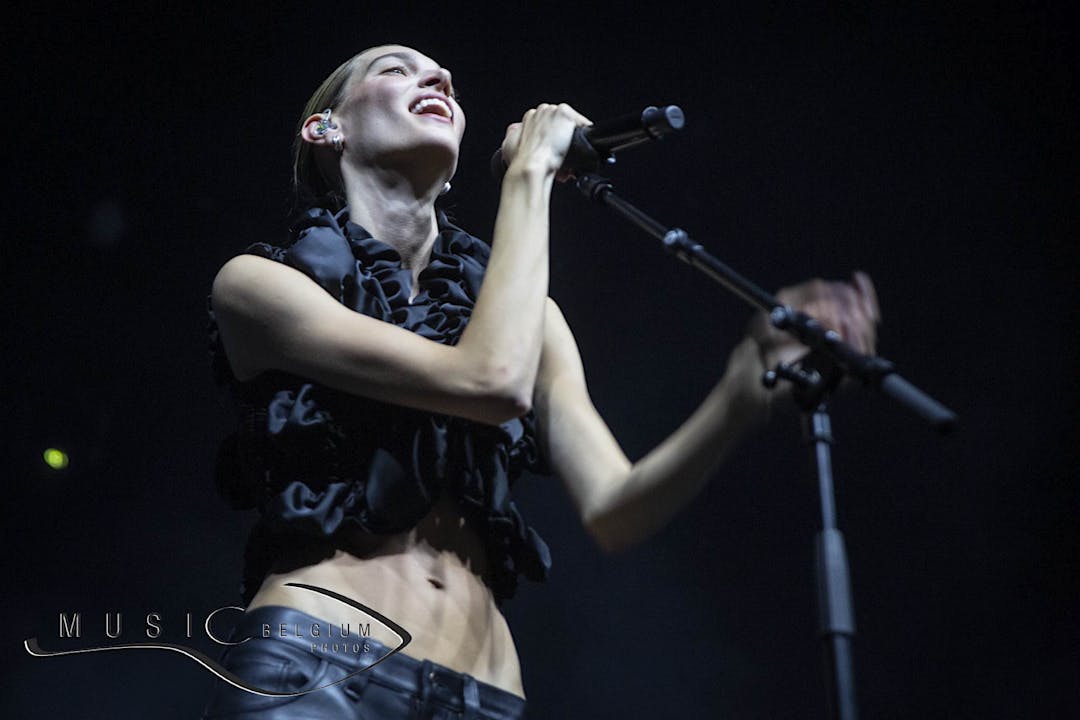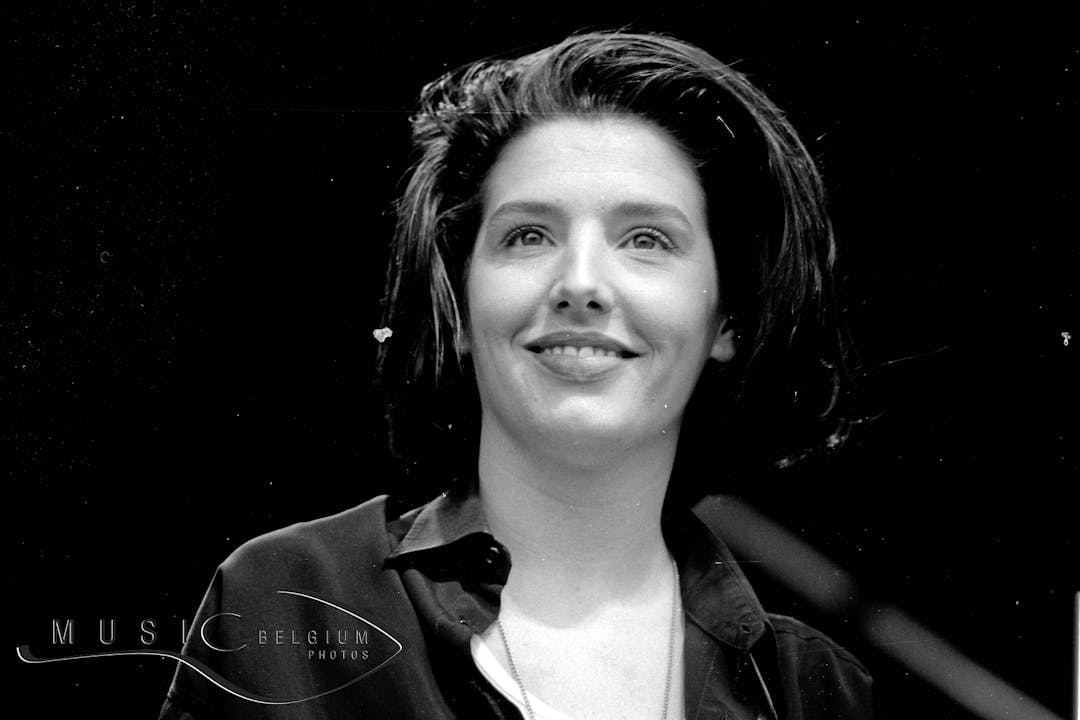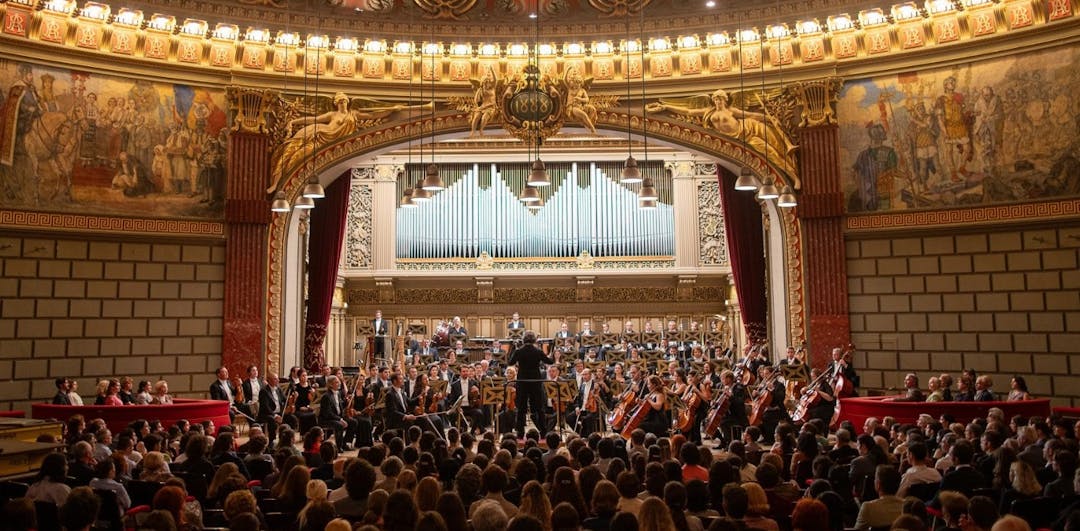
TAGTIK NEWS - TO THE POINT
Renault Captur Full Hybrid E-Tech review: facelift at its peak

Since summer 2025, the Renault Captur Full Hybrid has received a brand-new powertrain, featuring a more powerful gasoline engine. This compact urban hybrid SUV now boasts 156 hp for improved driving pleasure. Let's test this out in both rain and sunshine on autumn roads.

In 2024, the Renault Captur received an exterior facelift and the installation of the OpenR Link infotainment system with Google. This was accompanied by a selection of more premium materials, particularly those that are readily available, especially with the Alpine-inspired finish of our test model. Most importantly, Renault retained one of the key features for a family SUV: the sliding rear bench seat, which moves 16 cm. And that's something I'm all for!

More horsepower
What concerns us most for 2025 is the new "self-charging" hybrid powertrain. Until mid-2025, this restyled Full Hybrid solution offered only 145 hp with a 94 hp 1.6L naturally aspirated engine, an electric motor, and a starter-generator. Since then, the urban SUV has developed 156 hp. Indeed, the internal combustion engine is now a 109 hp 1.8L four-cylinder. The electric motors (a 49 hp e-motor and a 20 hp starter-generator) provide 205 Nm of torque and benefit from a slightly larger battery capacity (1.4 kWh instead of 1.2 kWh).

All of this is linked to a revised automated transmission with dog clutches. What does that mean? A solution more commonly used in motorcycles and racing cars, without a synchronizer ring. The advantage: fewer parts and greater efficiency. The disadvantage: more abrupt gear changes. Before forming a definitive opinion on the transmission, this Captur needs to be driven on the road.

Shh, we're starting up. With the key card in your pocket, simply press the "start engine stop" button and engage Drive with the central switch… and you won't hear a thing. It's a hybrid. The gasoline engine only awakens after the first few turns of the wheel. And it does so with a slight drumming, a constant but not unpleasant rhythm. The new settings of the dog-clutch transmission have smoothed out the gear changes. It benefits from new ratios across its 5 speeds. All of this is very pleasant at moderate speeds and reduces the noise of the 1.8L engine on the highway.

Obviously, when you floor the accelerator, it roars and shakes. And sometimes it hesitates. But hey, who still does that these days (apart from me, out of professional conscience, of course)? Oh, wait! When you need to quickly overtake a slow vehicle outside of town. It's probably in these situations that you'll experience the least comfortable moments in the Captur. Nevertheless, the electric motor's operation is quite seamless the rest of the time. It also tries to smooth out overly slow downshifts.

Good battery
The advantage of hybrid technology is being able to rely on electricity. Especially when it's free. No plug-in required on this Captur; the battery recharges during deceleration and braking. The starter-generator does its job for coasting, while the 36 kW electric motor is a valuable asset for starting and accelerating. This combination helps to reduce the workload on the 4-cylinder engine. Often?

Absolutely. The Captur deserves its hybrid status. Admittedly, the small lithium-ion battery doesn't allow for very long periods of zero-emission driving, even in 30 km/h zones. But overall, the electric motor is constantly working. As a result, fuel consumption is very impressive. During our trip, the average was 5.0 L/100 km over more than 200 km, with a lot of highway driving. On a route between small towns and country roads, the average was 4.3 L/100 km. The MultiSense system allows you to choose different driving modes according to your preferences, including an Eco mode.

Firm yet reassuring
This assessment after the road test must also address the Captur's handling. The suspension is firm, especially since the 19-inch wheels don't soften the contact with the road. Rear passengers are likely the ones who feel the small bumps the most when the damping reaches its limits on certain imperfections. Nevertheless, this damping provides reassurance behind the wheel.

The car remains stable in corners and can even show some signs of dynamism. This is especially true since the steering is precise – with the right settings in the driving modes – and the braking is progressive. Some drivers will, however, need to learn to modulate their foot to avoid going through the steering wheel. In the city, the small windshield in front of the rearview mirror improves visibility when maneuvering.

To the left of the steering wheel, a small row of three buttons includes the one that allows quick access to your preferred driver assistance settings (which are configured once and for all via the screen). This is particularly useful for silencing the frequent and often false overspeed warnings. The button for conserving battery power and running on gasoline alone is also located here.

The ergonomics are excellent, with all the essential physical controls. Everything has its place, including the infotainment control cluster conveniently located to the right of the steering wheel. On the screen, shortcuts allow for easy switching between projecting your Android Auto or Apple CarPlay smartphone and navigating the vehicle's various menus, including the radio. This is often overly complicated in many modern cars when a smartphone is connected.

From the trunk
Note that Renault, like Dacia – unless it's a conflict with my Motorola smartphone – still has its little bug with volume control using Android Auto. Sometimes, it stubbornly refuses to allow volume adjustment for navigation and pairing, rather than for audio, which should be the default setting, except for phone calls and navigation instructions. You then have to use the 10-inch vertical touchscreen to lower or raise the radio volume…

The atmosphere inside is reassuring. Adult rear passengers might find legroom a bit tight, despite the sliding rear bench seat. This is obviously there to improve versatility, especially with two young children and their strollers. The trunk has a capacity of 348 liters with the rear seats pushed back. This increases to 480 liters when they are moved forward. And with them folded down completely, you can carry 1,458 liters. Under the floor, the available space accommodated a space-saver spare tire (optional). A good idea, too often overlooked. With a gasoline-powered Captur, without a battery or electric motor, the trunk is even more generous: 484 liters, 616 liters, and 1,596 liters, respectively.

Pricing
In Belgium (November 2025), there's already a Renault Captur (115 hp petrol) starting at €22,100. There's also a mild hybrid EDC option with 141 hp starting at €28,200. But we had the E-Tech Full Hybrid, which starts at €29,200 in the well-equipped Techno trim (including OpenR Link and parking assistance).

Our Esprit Alpine model, priced at €32,000, features 19-inch wheels (instead of 18-inch), a heated steering wheel, adaptive cruise control, Alpine leatherette upholstery, and blue accents. The version we tested also included pearly white paint with a black roof (€750), longitudinal roof rails (€250), a Harman Kardon sound system (€650), a space-saver spare wheel (€180), the parking package with reversing cameras (€600), and the winter package with heated seats (€700). This brings the total to €35,130.

In the Grand Duchy of Luxembourg, this Captur Full Hybrid with Alpine styling costs €33,727 (without roof bars). In France, also without roof bars, this Renault is priced at €38,100. In Switzerland, the price is €36,950 (without roof rails). Back in Belgium, the price without roof bars is €34,880.

Overall Assessment
Pleasant to drive and with excellent road holding, the Renault Captur is a product that has reached maturity. There is no longer a plug-in hybrid option in the lineup for this 4.24-meter-long SUV. However, the E-Tech Full Hybrid 160 tested here proved its effectiveness in reducing fuel consumption, especially in the city and with responsible driving. All this with elegance and efficiency, except when the engine suddenly starts to whine for a few seconds. Inside, the layout is well thought out to make life easier for the driver.

(Olivier Duquesne – Source : Renault – Photos : © Olivier Duquesne)
LATEST NEWS

Born on November 12: Neil Young, a life of "Mad Horse"

Born on November 11: Andy Partridge, the pop alchemist from XTC

Born on November 9: Charlotte Cardin, Canada's most fashionable woman

Born on October 8th: Tom Novembre was born in... November

Born on November 7: Sharleen Spiteri, enigmatic singer of the Scottish band Texas

John Malkovich and Sean Bean attend premiere in Bucharest
Quick links